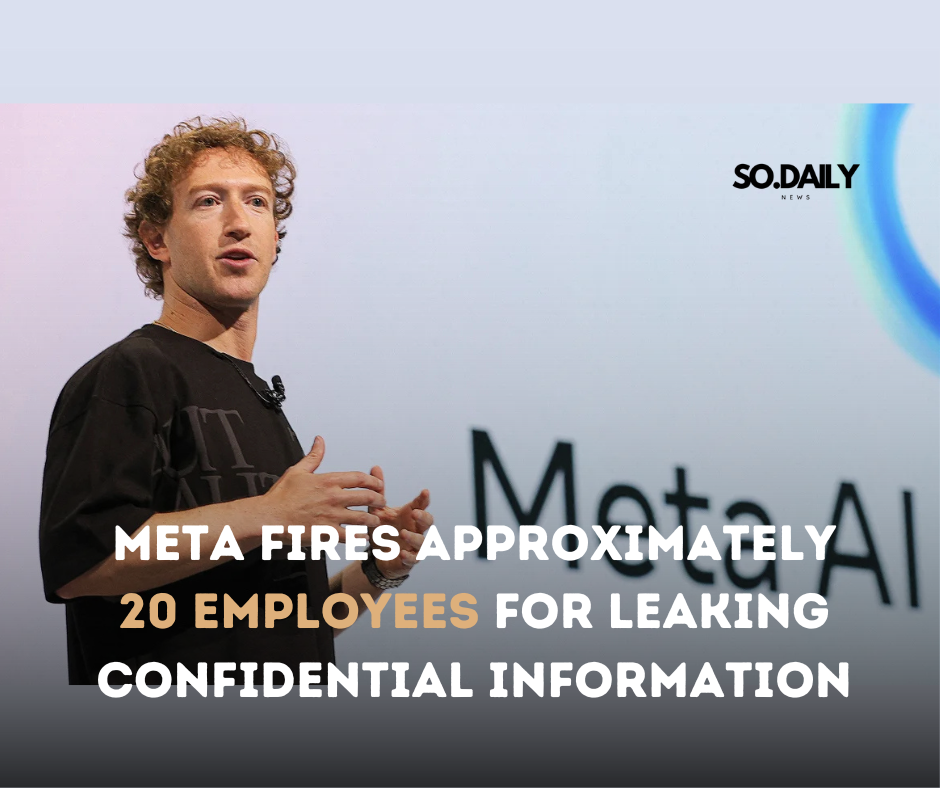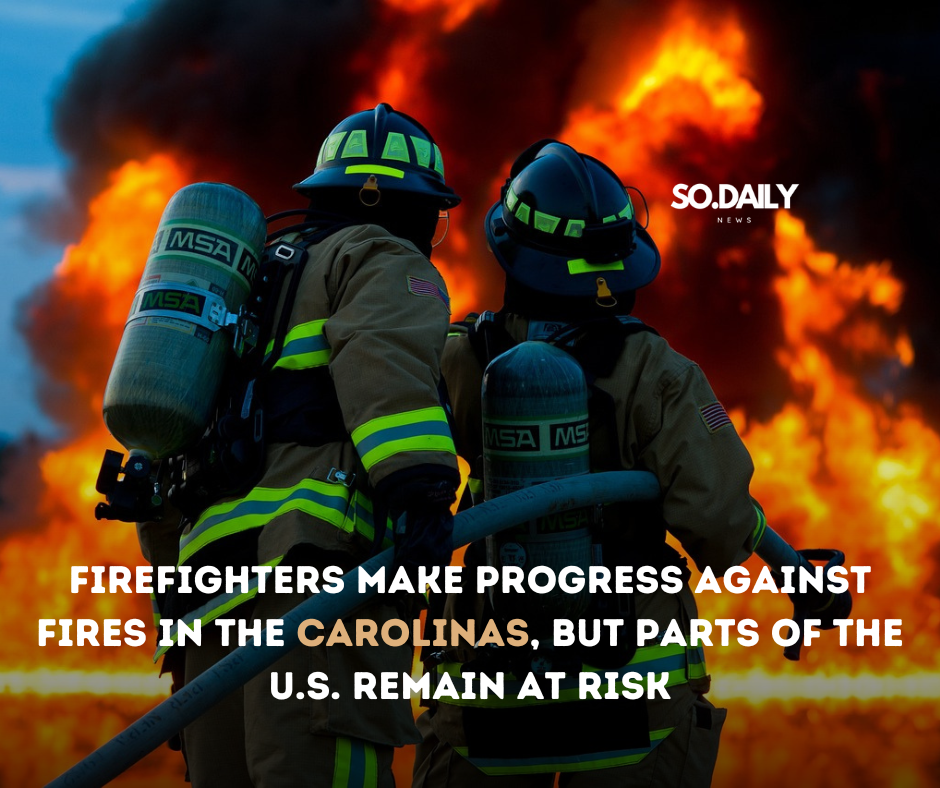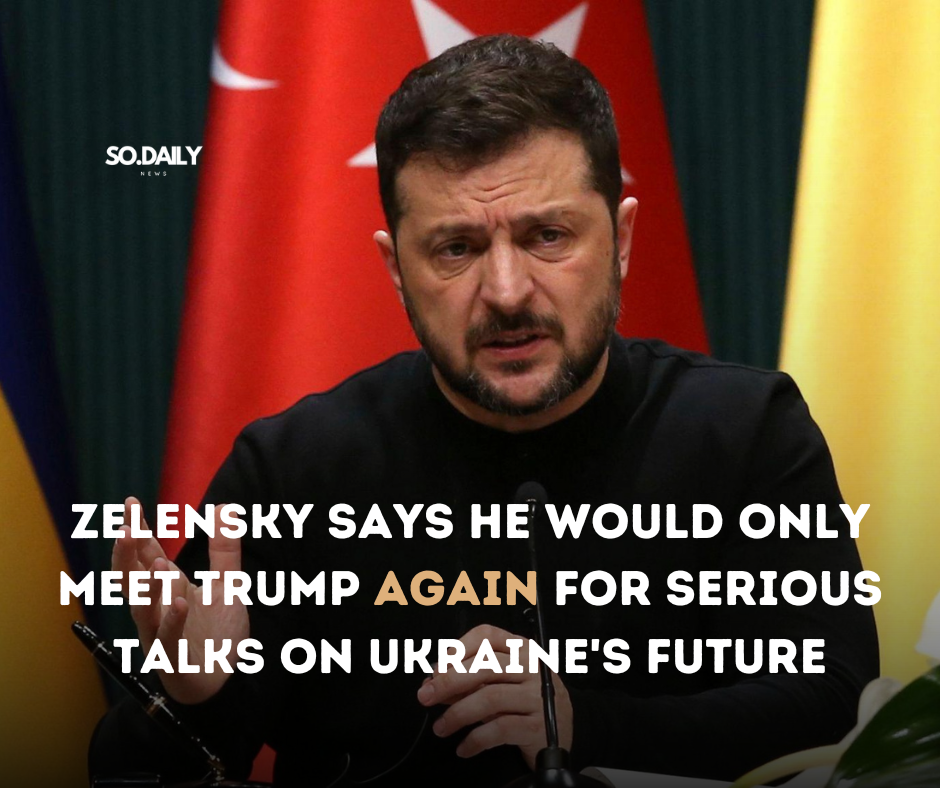A 4.2 magnitude earthquake struck Los Angeles late Sunday evening, just moments after the Academy Awards ceremony had concluded. The tremor, which occurred at 11:45 PM PST, was centered near the Hollywood Hills, approximately 10 miles northeast of downtown Los Angeles. It caused brief but noticeable shaking throughout the city and surrounding areas, with reports coming in from various neighborhoods, including Hollywood, West Hollywood, and Beverly Hills.
Despite the intensity of the earthquake, there have been no immediate reports of significant damage or injuries. Emergency services quickly began assessing the situation, though, so far, nothing major has been found in terms of structural damage. The shaking lasted only a few seconds, but it certainly caught many by surprise, especially considering the timing, shortly after the star-studded Oscars ceremony.
Social media was flooded with reactions from residents and attendees who experienced the tremor. Some people joked about the “extra drama” following the Oscars, while others were simply stunned by the unexpected seismic activity. Many Los Angeles residents are used to minor earthquakes, but larger quakes still evoke strong reactions given the city’s vulnerability to seismic events.
This earthquake serves as a stark reminder of the ever-present risk of natural disasters in California. Earthquakes are a regular occurrence in the region, and this event highlights the importance of being prepared. While the magnitude of this quake wasn’t large enough to cause widespread damage, it’s a crucial opportunity for residents to review their earthquake preparedness plans, ensuring they know what to do during a tremor, how to secure their homes, and how to stay informed.
Los Angeles is no stranger to earthquakes, and scientists continue to monitor the region for potential aftershocks. Local authorities encourage all residents, both long-time residents and visitors, to stay aware of earthquake safety protocols, such as “Drop, Cover, and Hold On,” and make sure their homes are as earthquake-resistant as possible. While this particular quake may not have caused significant disruption, it’s a reminder of how quickly things can change in a region known for its seismic activity.









